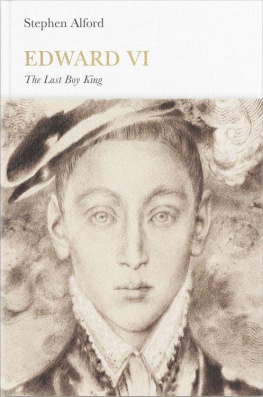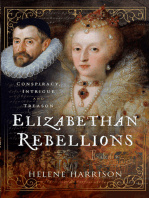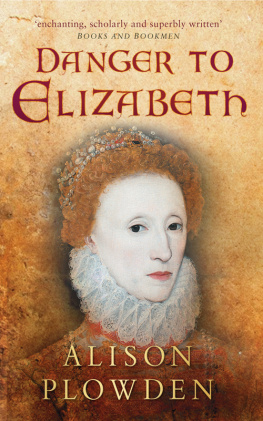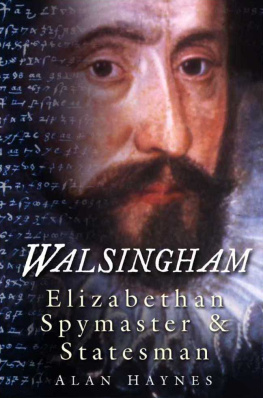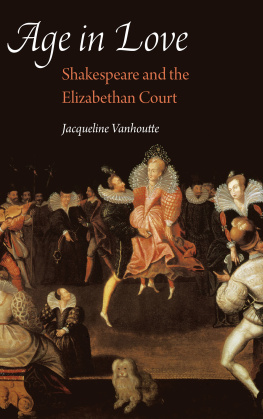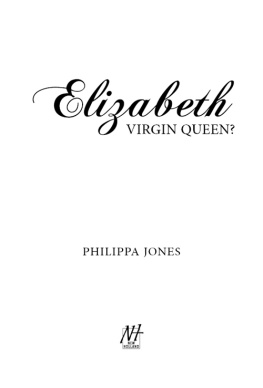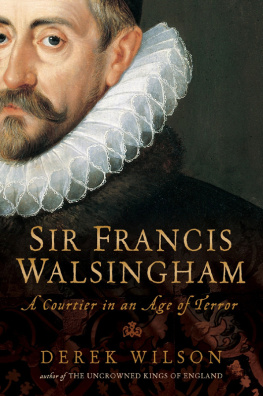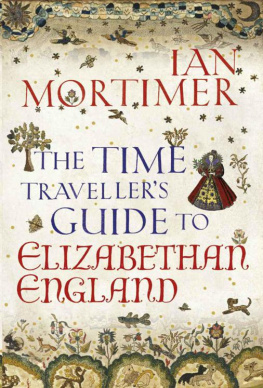
Copyright 2012 by Stephen Alford
First published in the UK by Allen Lane, an imprint of the Penguin Group in 2012
This electronic edition published in November 2012.
All rights reserved. No part of this book may be used or reproduced in any manner
whatsoever without written permission from the publisher except in the case of brief
quotations embodied in critical articles or reviews. For information address
Bloomsbury Press, 175 Fifth Avenue, New York, NY 10010.
Published by Bloomsbury Press, New York
LIBRARY OF CONGRESS CATALOGING-IN-PUBLICATION DATA HAS BEEN APPLIED FOR.
ISBN: 978-1-60819-362-2 (e-book)
www.bloomsburypress.com
First U.S. Edition 2012
For Joyce and David Scott
Here is no place to sit down in, but you must rise as soon as you are set; for we have gnats in our chambers, and worms in our gardens, and spiders and flies in the Palaces of the greatest Kings.
Jeremy Taylor, The Rule and
Exercises of Holy Dying (1651)
And the watcher was he watched? He was haunted for a moment by the vision of an endless distrust.
Graham Greene, The Confidential Agent (1939)
Contents
PART ONE
Spying Out the Land
PART TWO
Enemies of the State
PART THREE
Politics and Money
PLATE SECTION
The Rainbow portrait of Elizabeth I (AKG)
The union of roses (Bridgeman)
The card players (Bridgeman)
Tormenting a Protestant on the rack (Cambridge University Library)
Sir Francis Walsingham (Getty)
Babington with his accomplices (Bridgeman)
Popish plots and treasons (British Museum)
Parrys assassination attempt (Hulton Archive/Getty)
Elizabethan locket (Victoria & Albert Museum)
Mary Queen of Scots (Getty)
Marys prayer book and rosary (Getty)
A letter in cipher (Getty)
Elizabeth Is effigy (National Portrait Gallery)
INTEGRATED LLLUSTRATIONS
. Henri Lonard Bordier, Peinture de la Saint-Barthlemy par un artiste contemporain (Geneva and Paris, 1878). Cambridge University Library, shelf-mark Acton.b.26.189. Reproduced by kind permission of Cambridge University Library.
. Charles Sledds dossier, 1580. British Library, Additional MS 48029 f. 128r. Copyright The British Library Board.
. Thomas Norton, A Declaration of the favourable dealing of her Majesties Commissioners (London, 1583). Cambridge University Library, shelf-mark Syn.7.58.79. Reproduced by kind permission of Cambridge University Library.
. Richard Verstegan, Theatrum crudelitatum haereticorum nostril temporis (Antwerp, 1592). Cambridge University Library, shelf-mark U* .4.41(C). Reproduced by kind permission of Cambridge University Library.
. William Allen, A True, Sincere, and Modest Defence of English Catholicques (Rouen, 1584). Cambridge University Library, shelf-mark F*.15.24(F). Reproduced by kind permission of Cambridge University Library.
. William Parry to Lord Burghley, 18/28 August 1583.
The National Archives, SP 78/10/31. Courtesy of The National Archives, London.
. John Halters examination, 20 December 1583.
The National Archives, SP 12/164/45. Courtesy of The National Archives, London.
. William Parry to Elizabeth I, 14 February 1585.
The British Library, Lansdowne MS 43, no. 47. Copyright The British Library Board.
. Francis Mylles to Sir Francis Walsingham, 4 August 1586.
The National Archives, SP 53/19/14. Courtesy of The National Archives, London.
. The ciphers of Mary Queen of Scots and Anthony Babington, September 1586. The National Archives, SP 12/193/54. Courtesy of The National Archives, London.
. Thomas Barnes to Thomas Phelippes, 12 March 1590.
The National Archives, SP 15/31/131. Courtesy of The National Archives, London.
. Lord Burghleys intelligencers, 1590. The National Archives, SP 101/90 stamped f. 84r. Courtesy of The National Archives, London.
. Report on Reinold Bisley written for Thomas Phelippes, 1592. The National Archives, SP 12/240/144. Courtesy of The National Archives, London.
. Thomas Phelippes to Sir Robert Cecil, 18 April 1600.
The National Archives, SP 12/274/107. Courtesy of The National Archives, London.
. Sir Robert Cecils intelligence network, 1597.
The National Archives, SP 12/265/133. Courtesy of The National Archives, London.
Elizabethans exchanged New Year gifts on 1 January each year, though by long convention the calendar year began in Europe on 25 March, the Annunciation of the Blessed Virgin Mary, or Lady Day. A few writers used 1 January as the first day of a new year, yet this practice was not adopted officially till 1600 in Scotland and 1752 in England. Throughout this book I have adjusted all dates to a calendar year that begins, as ours does, on 1 January.
In February 1582 Pope Gregory XIII ordered the use of a new calendar to replace the Julian calendar. Mathematicians had detected a small error in computing the calendar year and over the centuries this had accumulated to as much as ten days in each year. Pope Gregorys solution was to cut ten days out of 1582, so that 15 October followed immediately upon 4 October. This Gregorian calendar, with its system of New Style dating, came into force in Italy and France at Christmas 1582, and in the Catholic states of the Holy Roman Empire in October 1583. The Protestant Tudor kingdoms of England and Ireland did not adopt the new calendar.
Elizabeths government asked Doctor John Dee, astronomer and mathematician, to look at the New Style Gregorian calendar. Dee agreed that there had been an error in the old computation, but he thought that eleven days, not ten, should have been taken out of the year. In the end Dee accepted the Gregorian calculation and proposed that ten days should be shaved across May, June, July and August. So Elizabeths government was minded, in March 1583, to change the calendar in line with continental Europe. But there were some objections: firstly, this adjustment could cause schism in England; secondly, it would offend Englands Protestant neighbours on the continent; and thirdly, it would really matter only to but a few, viz. such as have traffic with foreign nations, but to the rest of the realm it will be troublesome. This meant that England continued to use the Old Style of the Julian calendar with ten days difference between England and most of the countries of continental Europe for the next 170 years.
Officials of Elizabeths government at home and abroad used the Old Style Julian calendar. Catholic governments, the Roman Catholic Church, foreign ambassadors at Elizabeths royal court, and English Catholic exiles and migrs adopted New Style dating from 1582. In this book I use dates in Old Style, but when New Style was being used, or where it is unclear whether or not a writer was working from the Julian or Gregorian calendars, I give both dates in the notes to each chapter at the end of the book. A good example would be Thomas, Lord Pagets letter to his mother on 12 December 1583 according to the new accompt, by which Paget meant the Gregorian calendar. This would have been 2 December in England and is shown in the Notes as 2/12 December 1583.
Elizabeth, Queen of England and Ireland (15331603), the daughter of King Henry VIII and Anne Boleyn, who succeeded her sister Queen Mary I to the English throne in 1558.
William Allen (153294), founder and rector of the English seminary in Douai (which later moved to Rheims), the moral and spiritual leader of English Catholics in exile in Europe, a formidable pamphleteer and polemicist, and a keen supporter of Englands invasion by the Catholic powers of Europe.
Next page


